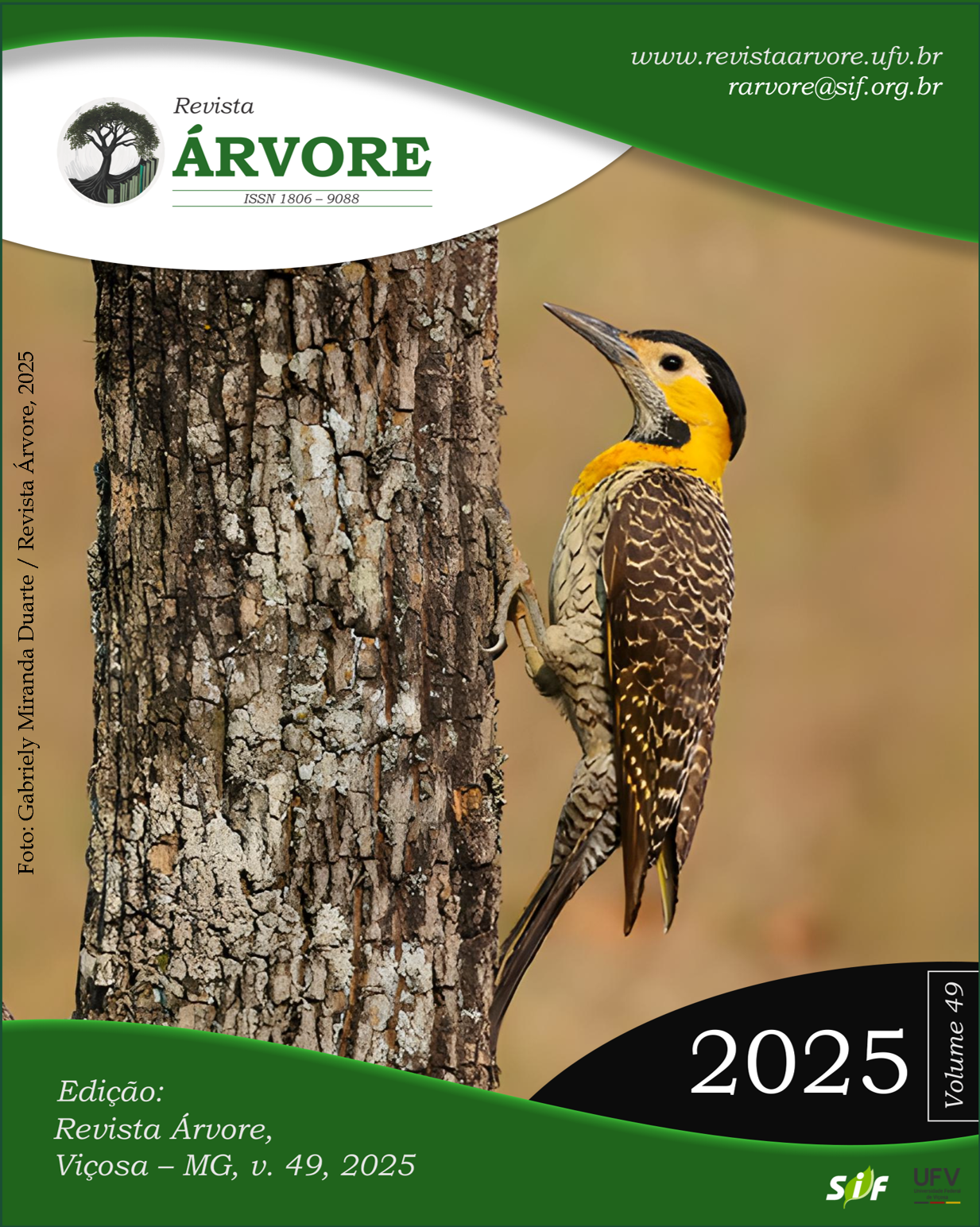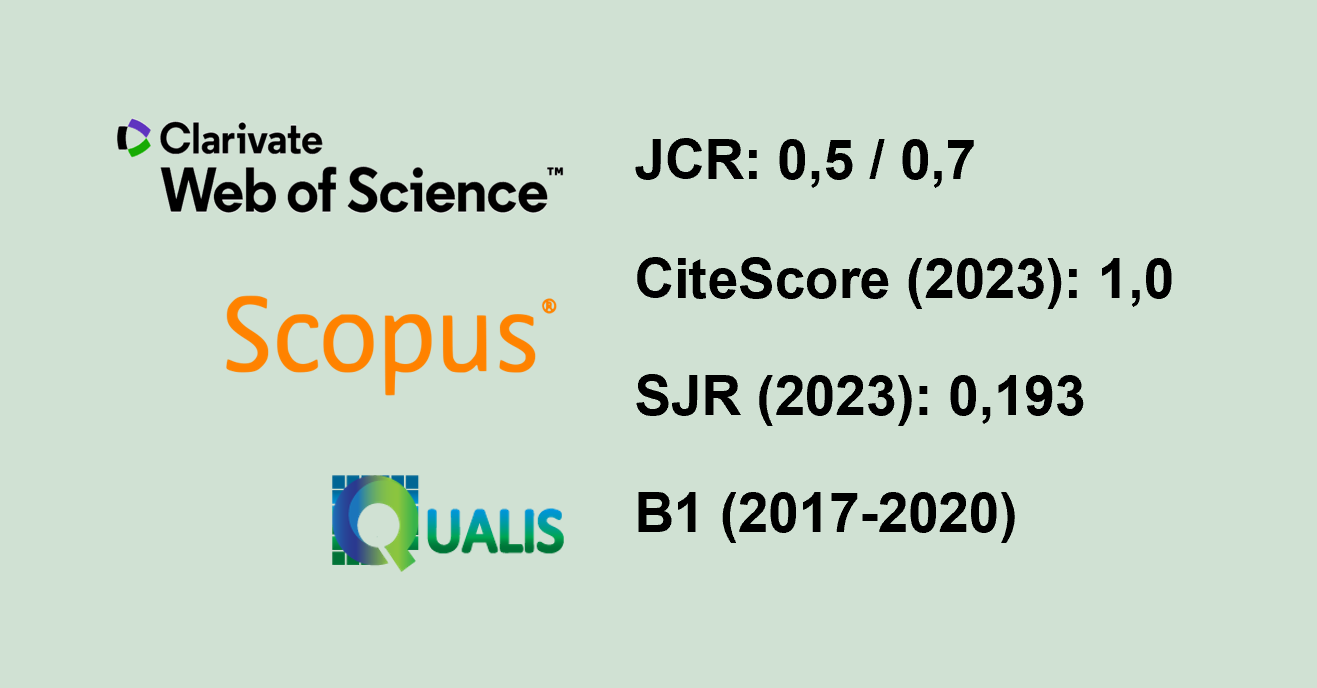Spatio-temporal analysis of forest fragmentation and landscape management scenarios in the Peruípe river basin, state of Bahia, Brazil
DOI:
https://doi.org/10.53661/1806-9088202549263908Keywords:
Landscape ecology, Landscape metrics, GeoprocessingAbstract
This study aimed to evaluate the spatiotemporal changes in vegetation fragments and the degree of forest fragmentation in the Peruípe River Basin, state of Bahia, between 1985 and 2021. Forest fragments were analyzed using landscape metrics related to size, edge, shape, and isolation using the Patch Analyst 5.2 extension in ArcGIS 10.8. Over the 36-year period, only minor changes were observed, with a 0.36% variation in the vegetation classes. The degree of fragmentation in the landscape decreased during the evaluation. However, it can still be concluded that the basin exhibits a high degree of fragmentation because the vegetation remains discontinuous, forming forest mosaics within a matrix that is predominantly pasture and forestry areas. Furthermore, most forest fragments in the Peruípe River Basin are smaller than five hectares (ha). Landscape management scenarios showed the importance of small fragments in the area, as they reduced the average isolation between fragments. In the scenario in which PPAs were restored, the forest area increased, whereas the number of fragments decreased. These results indicate that restoring PPAs can minimize the impact of forest fragmentation. These results are expected to contribute to the development of management and conservation strategies for the Peruípe River Basin.
Keywords: Landscape ecology; Landscape metrics; Geoprocessing
Downloads
Published
How to Cite
Issue
Section
License
Copyright (c) 2025 Revista Árvore

This work is licensed under a Creative Commons Attribution 4.0 International License.
All authors agreed to submit the work to Revista Árvore and granted the exclusive license to publish the article. The authors affirm that it is an original work and has not been previously published elsewhere. The scientific content and opinions expressed in the article are the sole responsibility of the authors and reflect their opinions, not necessarily representing the opinions of the editorial board of Revista Árvore or of the Society of Forest Investigations (SIF).








